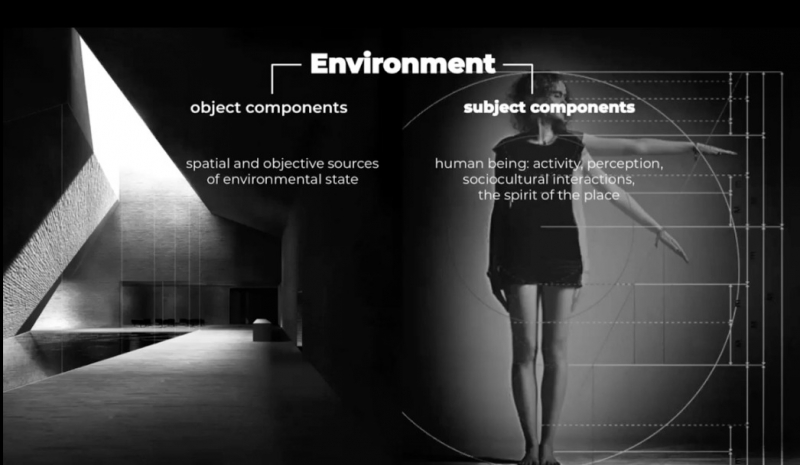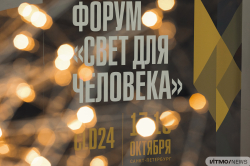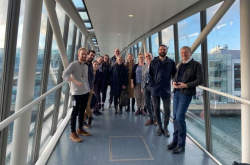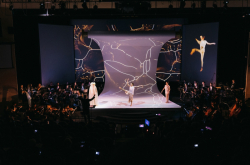The SEE: Our Cities project is an attempt to solve the challenges of distance learning and communication during self-isolation. It not only helps arrange further integration of universities from all over the world during the pandemic, but its innovative approach to creation of international teams also provides students with a huge amount of opportunities for higher education. By joining the project, they become a part of a global educational network consisting of 16 leading universities worldwide and gain access to unique knowledge, experience, and top lecturers.
Incredible audience from all over the world
The project was initiated by Lyn Godley, professor at Thomas Jefferson University’s Kanbar College of Design, Engineering and Commerce. As the fall semester 2020 was getting closer, she started brainstorming ways to arrange the learning process so that it, firstly, wouldn’t be inferior to offline learning in terms of quality, and secondly, would help students gain unique experience. After discussing it with colleagues from different universities, she came up with the international SEE: Our Cities project on urban design.

Along with Thomas Jefferson University (USA), 15 more international universities and art schools joined the project. Among them are Drexel University (USA), Ariel University (Israel), Chinese University of Mining and Technology and Tsinghua University (China), Swinburne University of Technology (Australia), Köln International School of Design (Germany), Grays School – Robert Gordon University of Art (Scotland), Duoc (Chile), etc. The trio of schools still pending are Sheffield Hallam University (United Kingdom), UIC Barcelona (Spain), and University of Johannesburg (South Africa).
The Сreative Lighting Department of ITMO University is the only Russian institution that joined the project. It was represented by Natalia Bystryantseva, head of the Lighting Design Master’s program. Together with Dmitrii Ingi, she presented a lecture titled “What can urban lighting have an impact on?”.
“This project is all about creating a unified educational environment that helps universities reach a larger audience by attracting students and lecturers from other institutions. It allows us to share our resources and teach design without borders. Students of partner universities will be able to attend lectures, learn, and exchange their experiences as part of international teams without leaving their houses or universities,” says Natalia Bystryantseva.
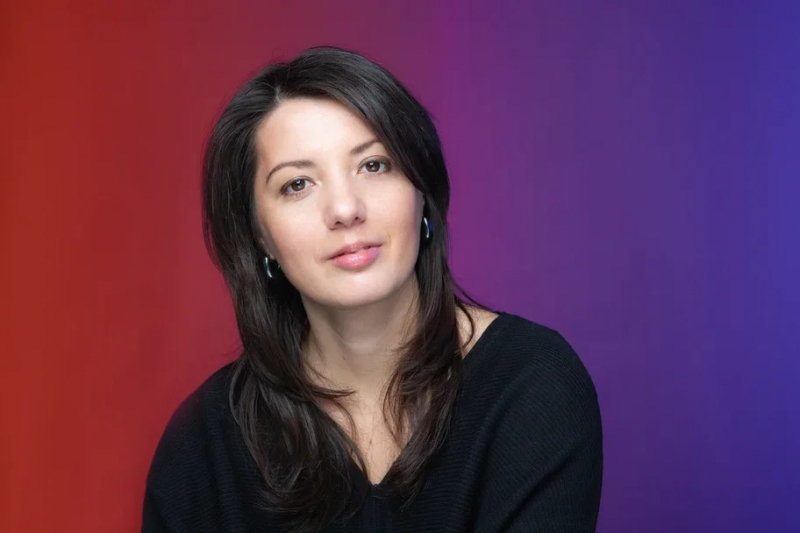
The opportunity to attend classes by other universities helps scale up education in the field of design creating an impulse for integration and international collaboration between universities. It also allows students and lecturers to communicate with an incredible audience from all over the world. At the same time, methodologies, time schedules, and details of educational programs may vary from institution to institution.
Springboard for the future
Students involved in the project come from various fields, including design (product, industrial, and interdisciplinary), architecture, art, sociology, urban spaces, and so on. They visit local public spaces that were pre-selected by the instructors and document observations of human activities in an urban environment. That will help them not only identify opportunities for design intervention, but also develop concepts for design solutions by taking into consideration the geographical, national, and cultural features. The participants will gain experience and observe various regional approaches to urban design in different cities.
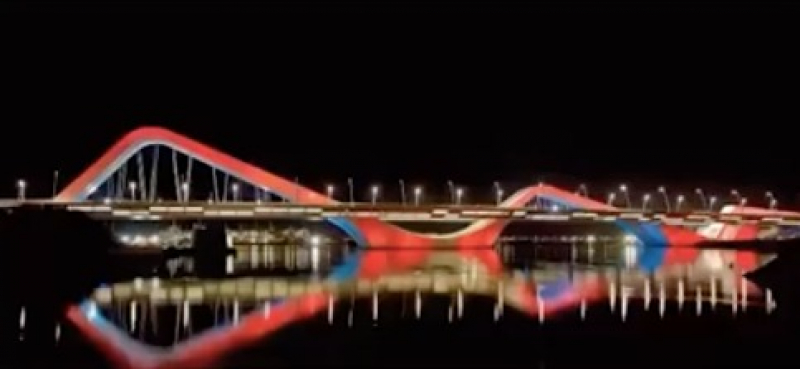
Other than that, students will also attend virtual classes and seminars, where they will be able to communicate with their teachers, or attend pre-recorded presentations of prominent lecturers from partner schools. Such an approach is meant to solve logistical problems, including travel restrictions during the pandemic.
The SEE: Our Cities project was launched in September 2020. It will last one semester and as its outcome, the best video presentations on urban design from each participating university will become available to the public.
According to Lyn Godley, even though this is just one project, it can become a springboard for the future.
“This is a good experiment. Education was already moving in the direction of thinking about a more universal approach to teaching and what the classroom of the future could look like,” says Lyn Godley. “With the students’ videos at the end of the project being posted online, this idea could be promoted as a new teaching methodology.”
The article draws on this entry.
CLD ITMO University
